A scanning tunneling microscope (STM) is capable of more than just observing and manipulating the nanoworld with atomic resolution, its tunneling current can also be used as a local source of excitation to produce light from the junction, the so-called STM induced luminescence (STML), which can provide additional information on local electromagnetic properties pertaining to the decay of various excitations. On the other hand, by taking advantage of the strong plasmonic enhancement generated at a metallic tip apex, spatially resolved Raman spectra can be achieved using tip-enhanced Raman scattering (TERS), which can offer chemical recognition ability in real space with high spatial resolution. Furthermore, tip-enhanced photoluminescence (TEPL) allows to explore molecular photophysics and the light-matter interaction as well as nanoscale energy transfer at the sub-molecular scale.
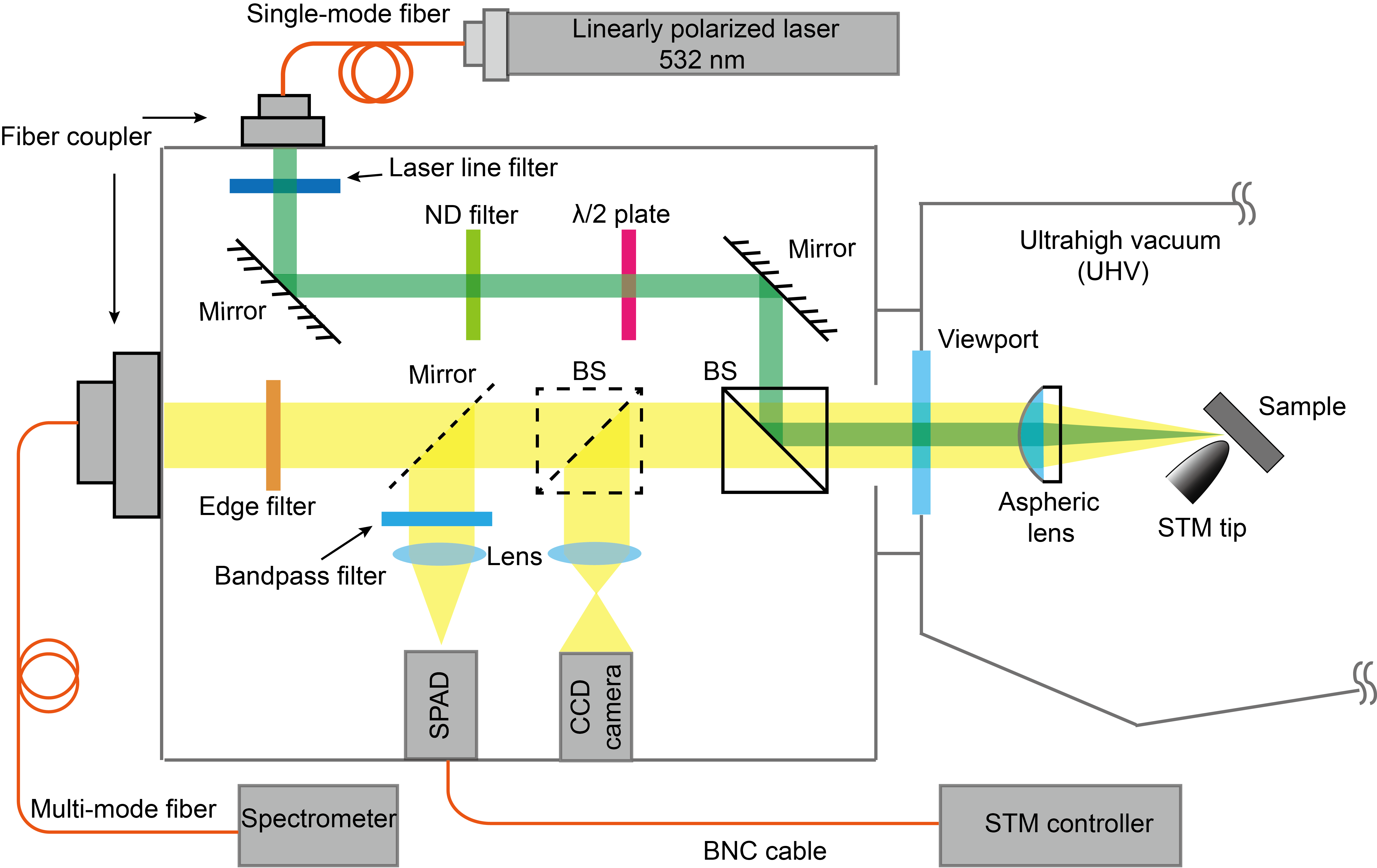
Schematic of STML and TEPL/TERS Experimental Setup
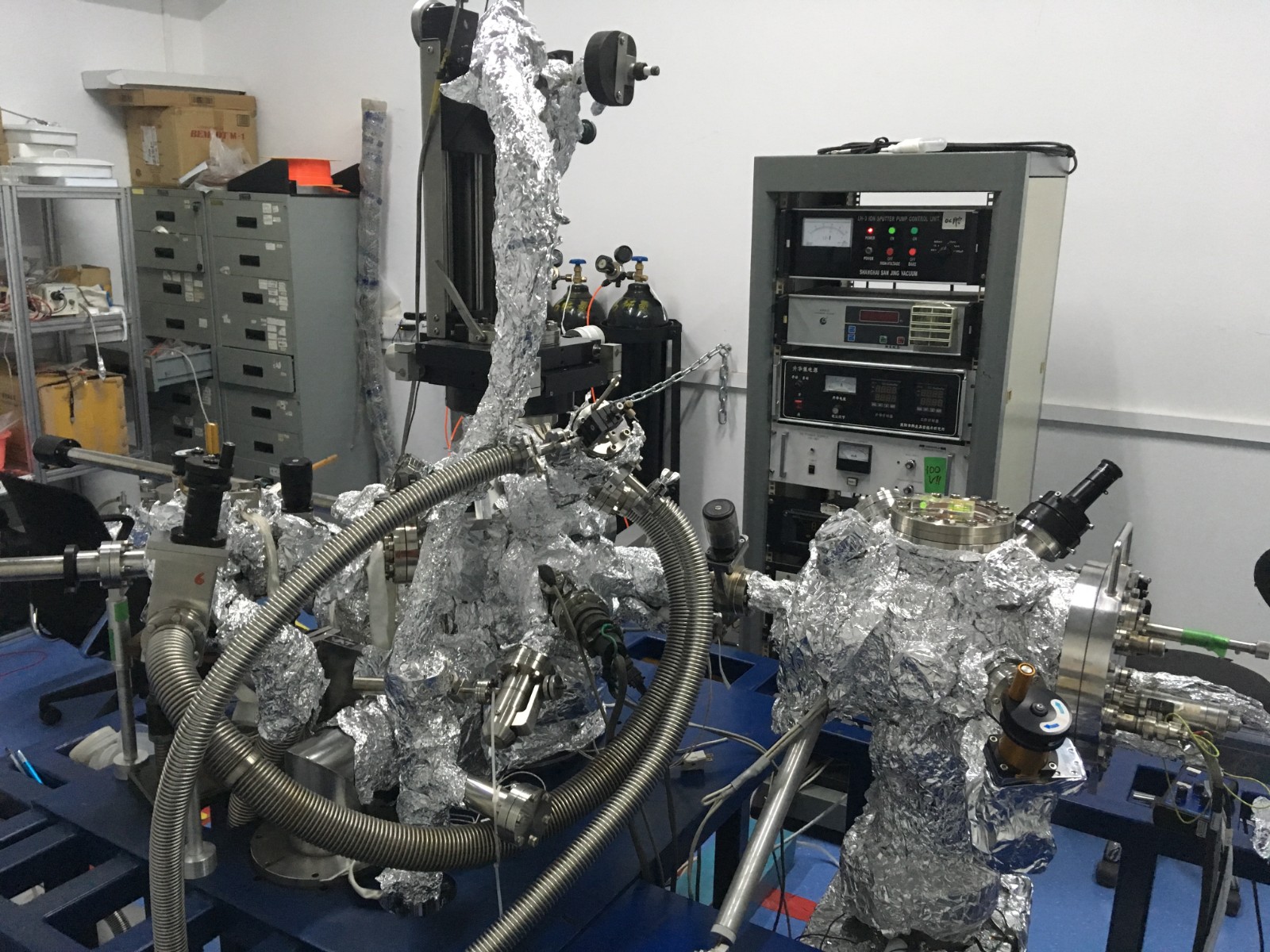
Room-temperature UHV STM
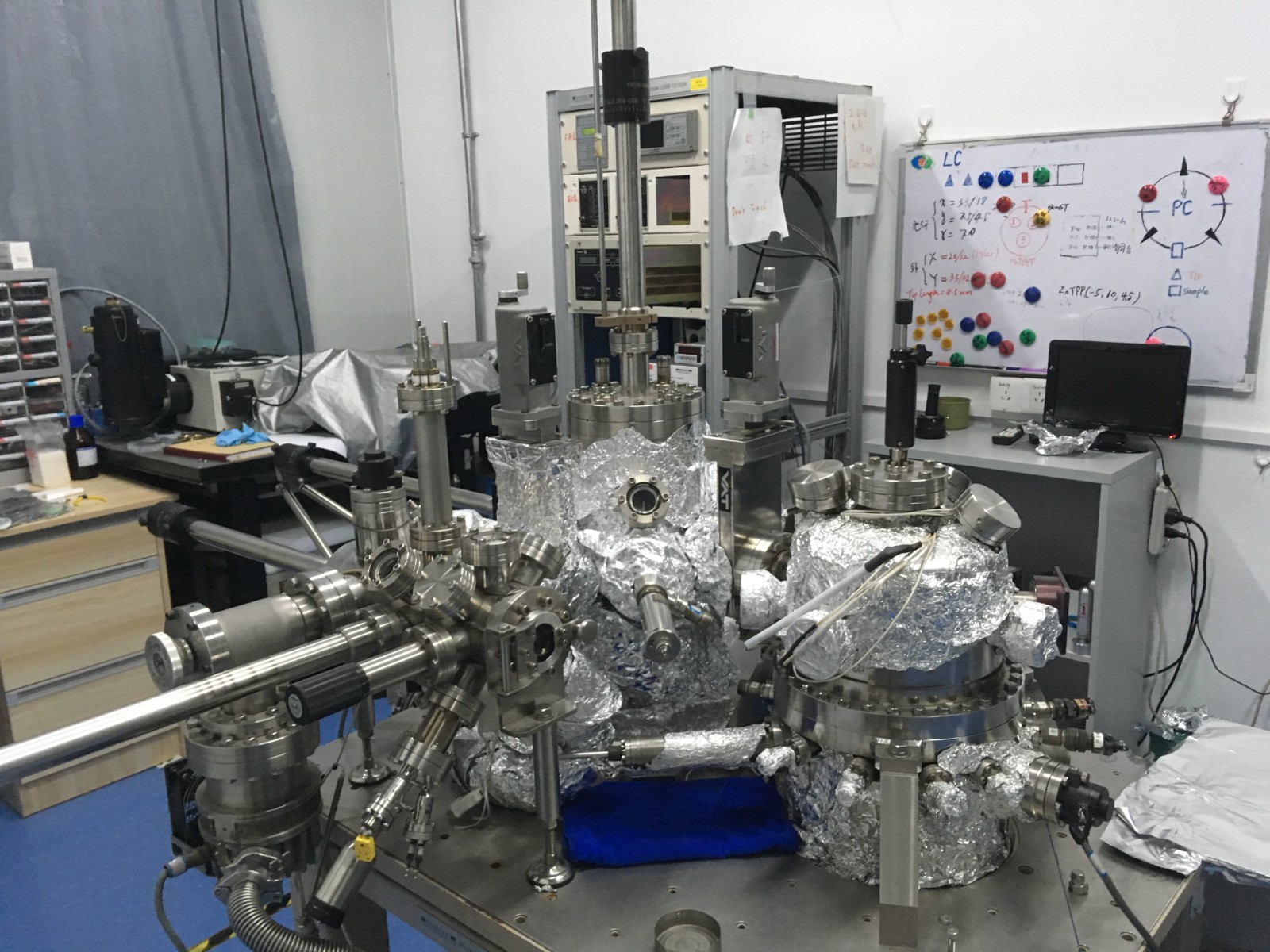
First-generation liquid-nitrogen UHV optical STM System
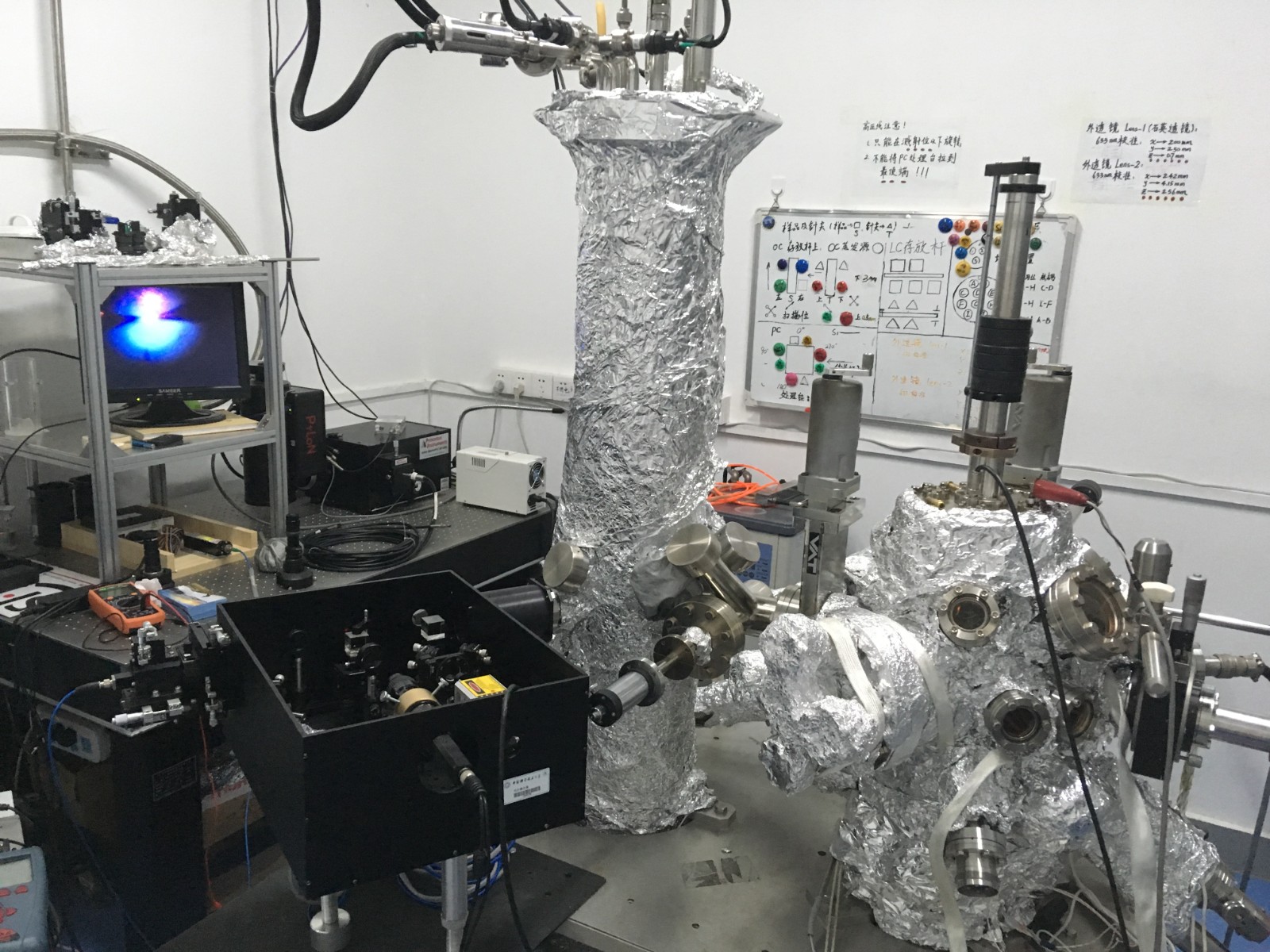
Second-generation cryogenic UHV optical STM System
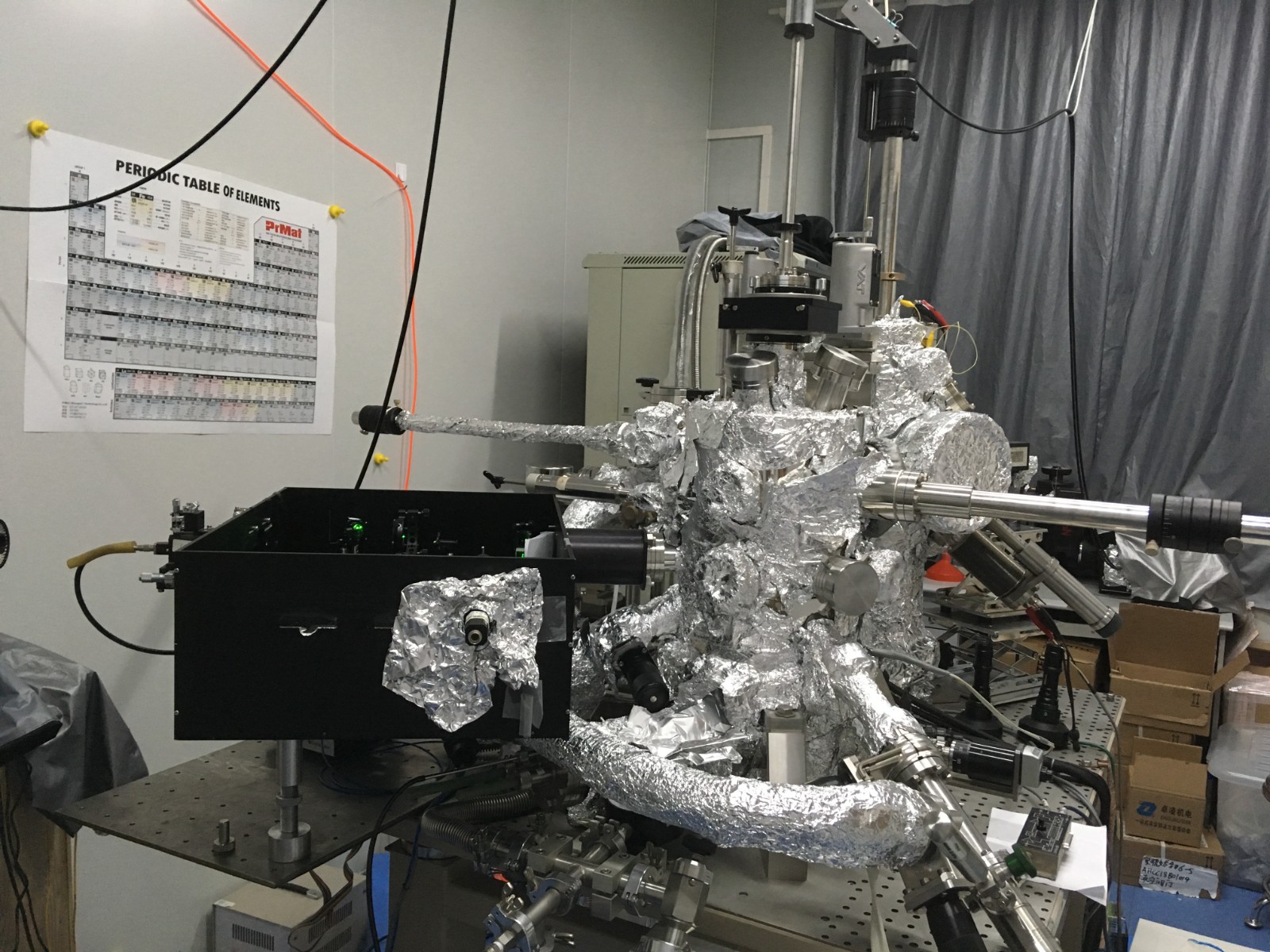
Third-generation liquid-helium UHV optical STM System
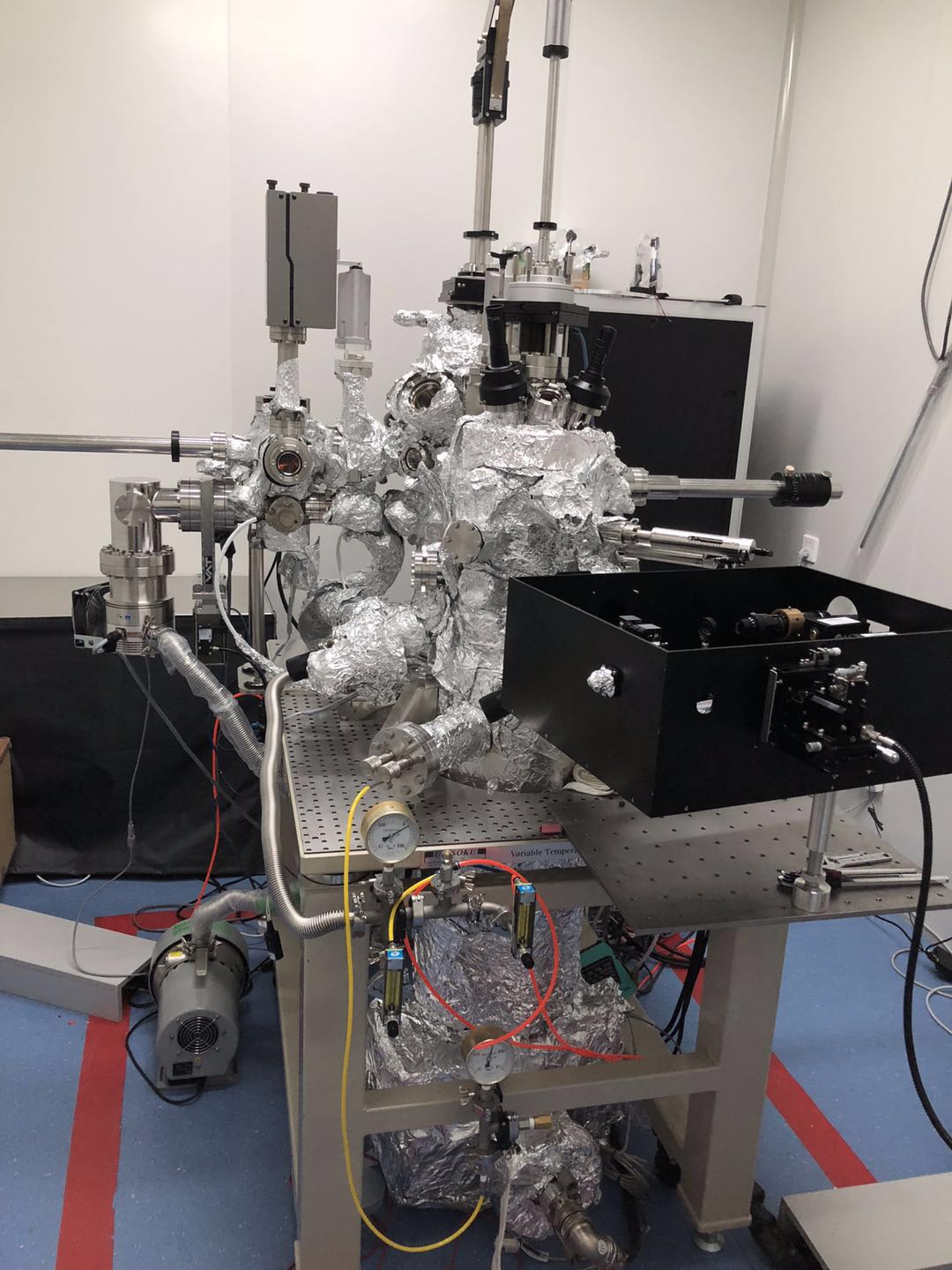
Fourth-generation cryogenic UHV optical STM/AFM System
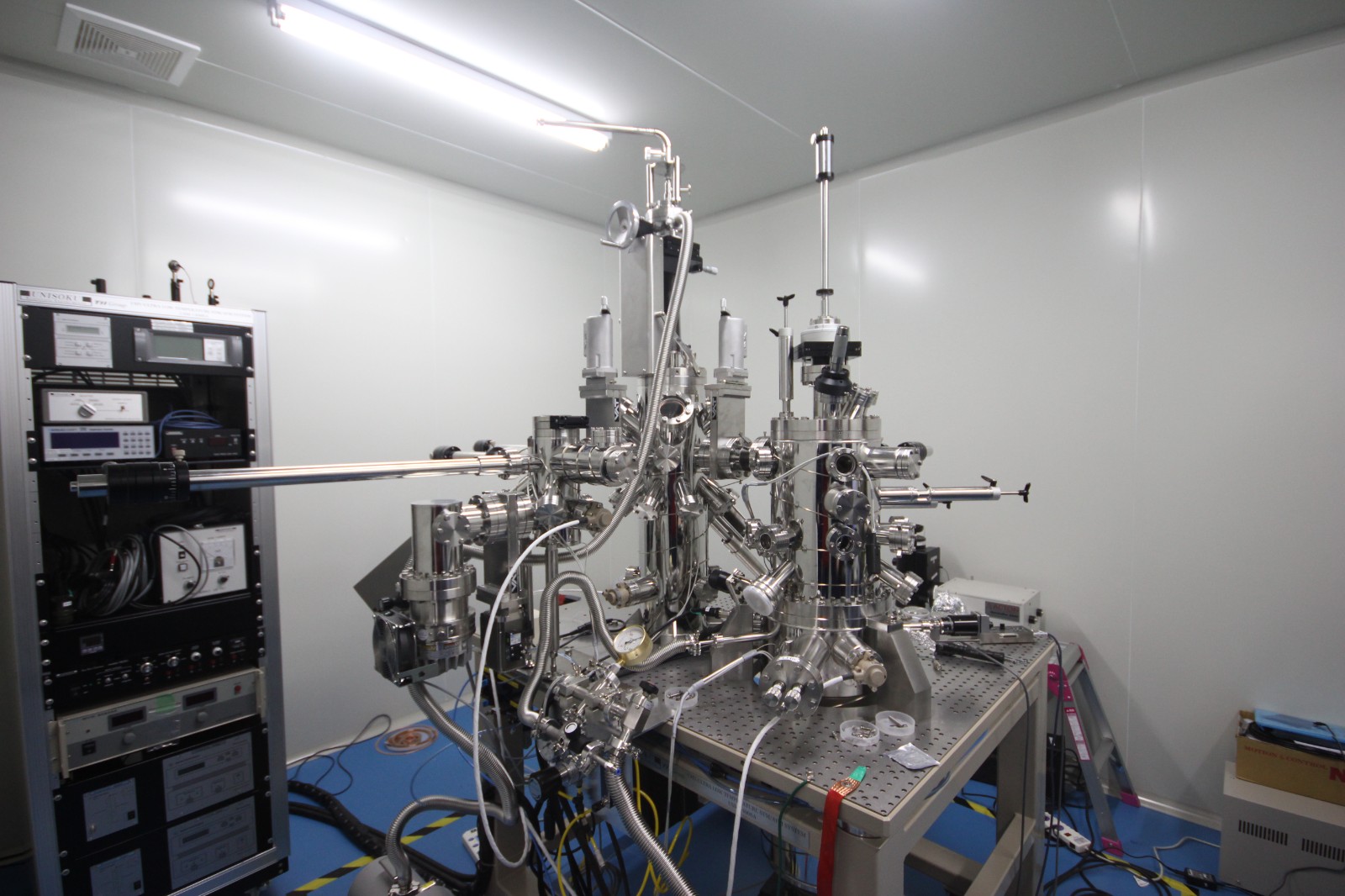
Fifth-generation cryogenic UHV optical STM/AFM/SEM System
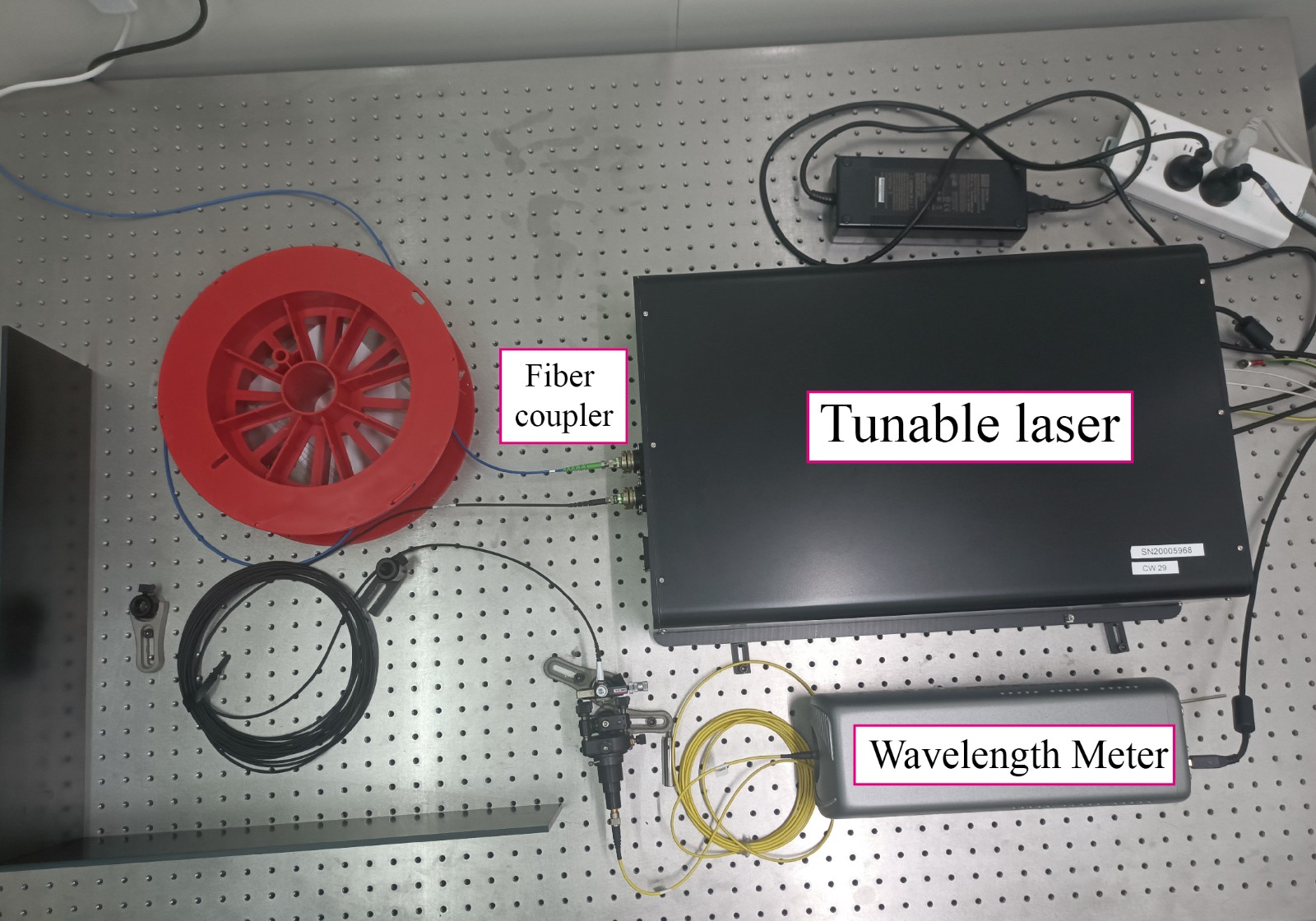
C-WAVE:wavelength-tunable continuous laser light source
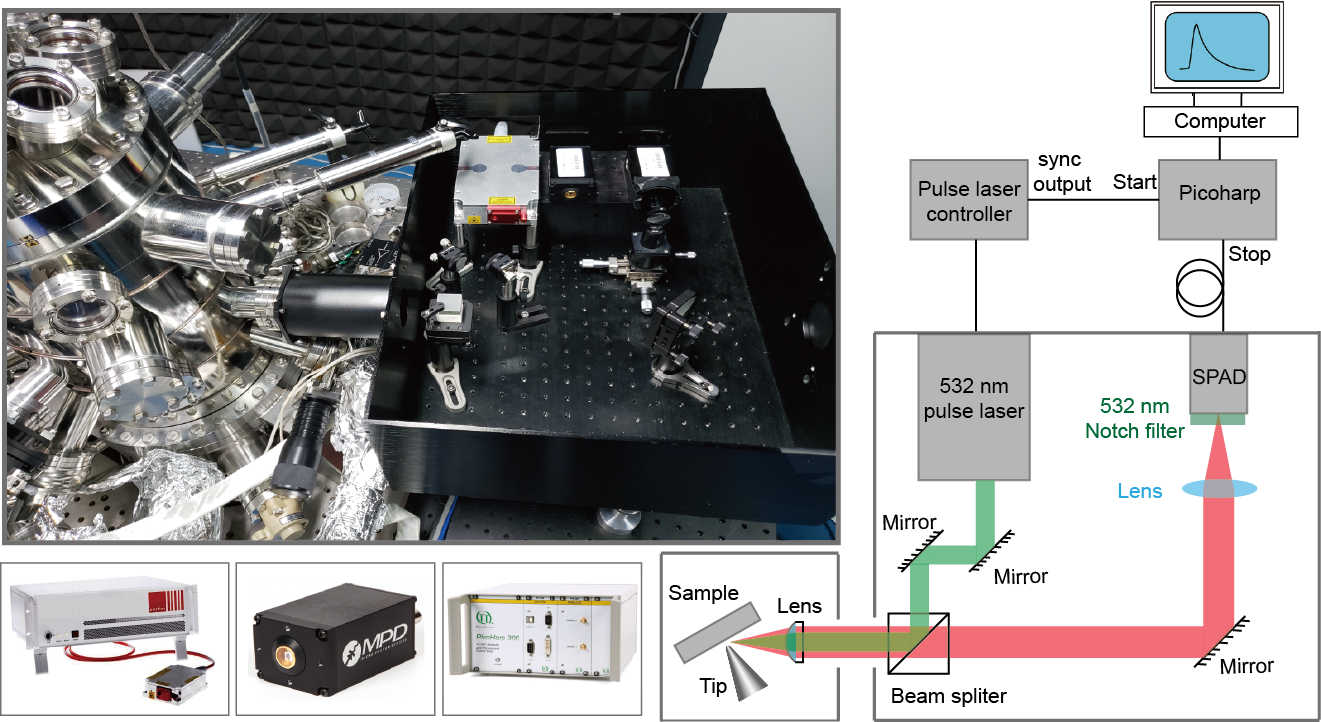
Home-built TCSPC lifetime measurement system
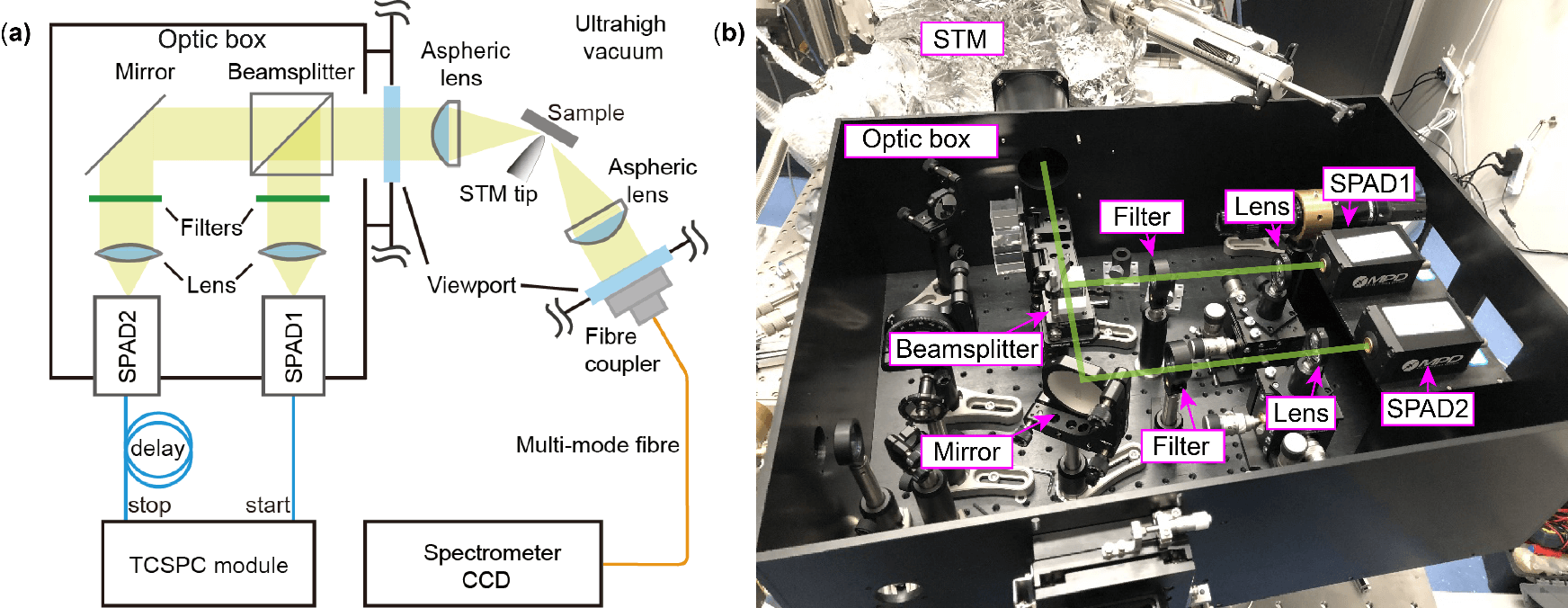
Home-built Hanbury-Brown Twiss (HBT) setup for photon correlation measurements